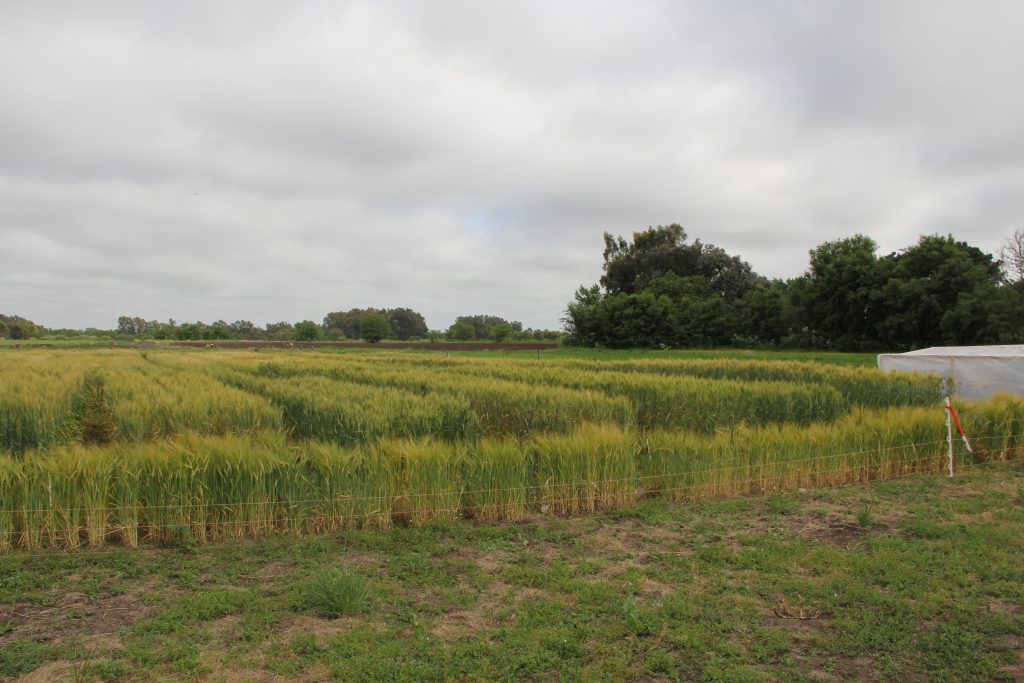Journal of the Saudi Society of Agricultural Sciences, 6 February 2021, 2021
Abstract
In agricultural soils, fungi constitute most of the total microbial biomass in the environment contributing with more than 50% of the soil biomass. The fungi should be considered as a link in the production not only by their attributes but also for their potential pathogenicity on crops chains. We aim to determine in what extent the combination of management styles and tillage systems control specific cultivable soil fungal community structure in temperate fertile Petrocalcic Argiudoll soil in a field experiment. We measured soil fungal richness, abundance and diversity along a one-year experiment (2009-2010). The plots were subjected to different tillage systems (conventional vs. zero) combined with different agricultural management histories (pasture/agriculture rotation vs. intensive agriculture). The measures were performed every three months along a year in three replicated plots. Rotation with pastures and zero tillage stimulated the saprophytic soil fungi community in detriment of pathogens. The clearest dissimilarity was given by the seasons. The results obtained from assay suggested that the seasons effect was strongest that the management or tillage on the soil fungal community.
Keywords
fungi, diversity, tillage systems, intense agriculture, pastures

